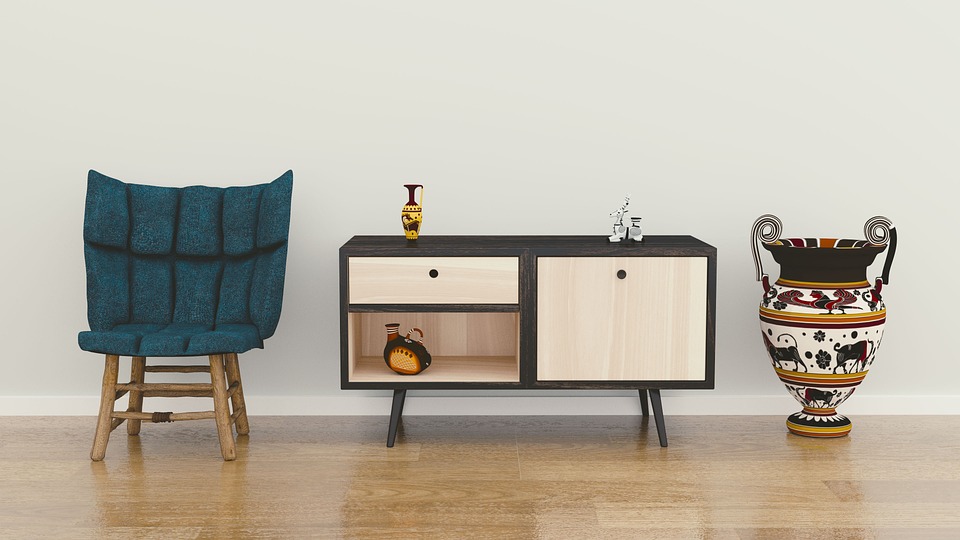Exploring the Latest Trends in Roofing Materials: What’s Right for Your Home?
Introduction
Choosing the right roofing material for your home is an important decision that can greatly impact its durability, aesthetics, and overall value. With the advancement of technology and the increasing demand for sustainable and energy-efficient solutions, the roofing industry has witnessed a surge in new trends and materials. In this article, we will delve into the latest trends in roofing materials, exploring their benefits and determining which option is best suited for your home.
The Rise of Sustainable Roofing Materials
One of the most significant trends in the roofing industry is the growing popularity of sustainable materials. Homeowners are increasingly conscious of the environmental impact of their choices and are seeking roofing solutions that are energy-efficient, recyclable, and environmentally friendly.
Materials like metal roofing, which are often made from recycled materials and can be recycled again at the end of their lifespan, are gaining traction. Metal roofs offer exceptional durability, longevity, and resistance to fire, making them an attractive option for homeowners looking for a sustainable and long-lasting solution.
Another sustainable roofing material that has gained popularity is solar roofing. Solar panels integrated into the roofing system can generate clean and renewable energy, reducing reliance on traditional power sources and saving homeowners money on electricity bills. While the initial cost of installation may be higher, the long-term benefits and environmental impact make solar roofing an appealing choice for many.
Advancements in Synthetic Roofing Materials
Synthetic roofing materials, designed to mimic the look of natural materials like slate, wood, or clay, have become increasingly popular in recent years. These materials offer a cost-effective alternative to their natural counterparts, providing excellent durability and resistance to harsh weather conditions.
Composite shingles, for example, are made from a blend of materials such as recycled plastics, rubber, and wood fibers. They can replicate the appearance of wood or slate shingles while offering superior resistance to rot, mold, and insect damage. Composite shingles also tend to be lighter than traditional materials, reducing the structural strain on the roof.
Another synthetic material gaining recognition is polymer roofing. This material is highly resistant to impact, extreme temperatures, and UV radiation, making it an ideal choice in regions with severe weather conditions. Polymer roofing is available in a variety of styles, including slate and shake, providing homeowners with the option to achieve their desired aesthetic without compromising on durability.
Traditional Roofing Materials: Timeless Appeal
While sustainable and synthetic materials are on the rise, traditional roofing materials still hold their timeless appeal. Materials such as asphalt shingles and clay tiles continue to be popular choices for homeowners due to their affordability, versatility, and classic look.
Asphalt shingles remain the most widely used roofing material in North America due to their cost-effectiveness and easy installation. They are available in a wide range of colors and styles, making it easy to find an option that complements any home design. Additionally, asphalt shingles offer good durability and resistance to fire and wind.
Clay tiles, on the other hand, offer a distinctive and elegant appearance that adds character to any home. They are known for their exceptional durability and resistance to insect damage, rot, and fire. While clay tiles may be more expensive and require professional installation, their longevity and timeless beauty make them a worthwhile investment for many homeowners.
FAQs
1. What factors should I consider when choosing a roofing material?
When selecting a roofing material, there are several factors to consider. These include:
- Climate and weather conditions in your area
- Longevity and durability of the material
- Aesthetic appeal and compatibility with your home’s architectural style
- Budget and cost of installation
- Maintenance requirements
2. Are sustainable roofing materials more expensive?
While sustainable roofing materials may have a higher upfront cost compared to traditional materials, they often provide long-term savings in terms of energy efficiency and reduced maintenance. Additionally, the environmental benefits of sustainable materials can outweigh the initial investment for many homeowners.
3. Can I install solar roofing on an existing home?
Yes, solar roofing can be installed on existing homes. However, it is important to assess the structural integrity of your roof and consult with a professional to ensure it can support the additional weight of the solar panels. Additionally, the orientation and shading of your roof may affect the efficiency of the solar panels, so proper planning and positioning are crucial.
4. How long do synthetic roofing materials last?
The lifespan of synthetic roofing materials varies depending on the specific material and environmental factors. However, many synthetic materials are designed to offer exceptional durability and longevity. For example, composite shingles can last between 20 and 50 years, while polymer roofing can have a lifespan of 50 years or more.
5. Can I replace my existing roof with a different material?
In most cases, it is possible to replace your existing roof with a different material. However, it is important to consider the structural requirements, weight limitations, and compatibility with the existing roofing system. It is recommended to consult with a professional roofing contractor to assess the feasibility and potential challenges of replacing your roof.
For more information on roofing materials and trends, check out this link to an external resource.






